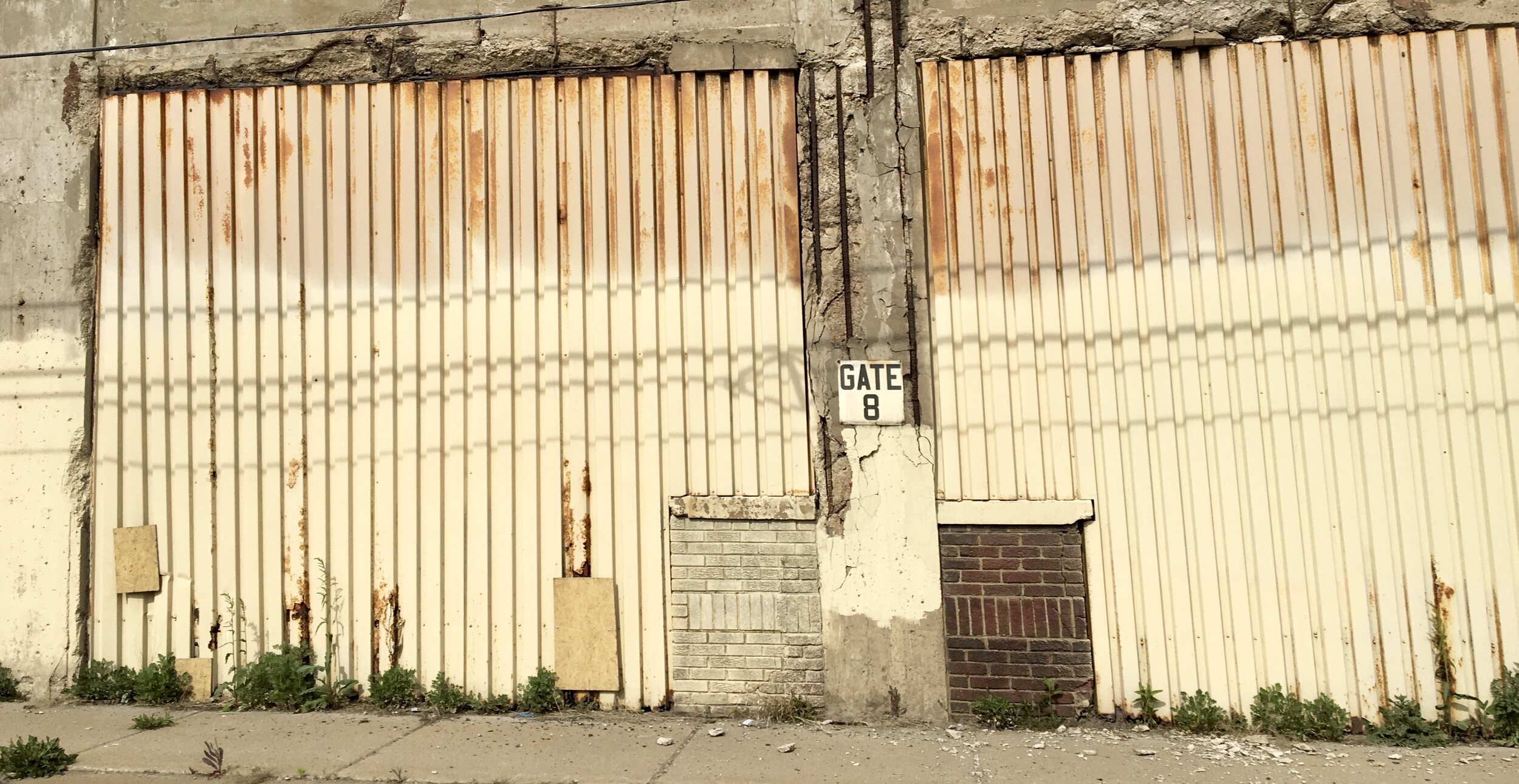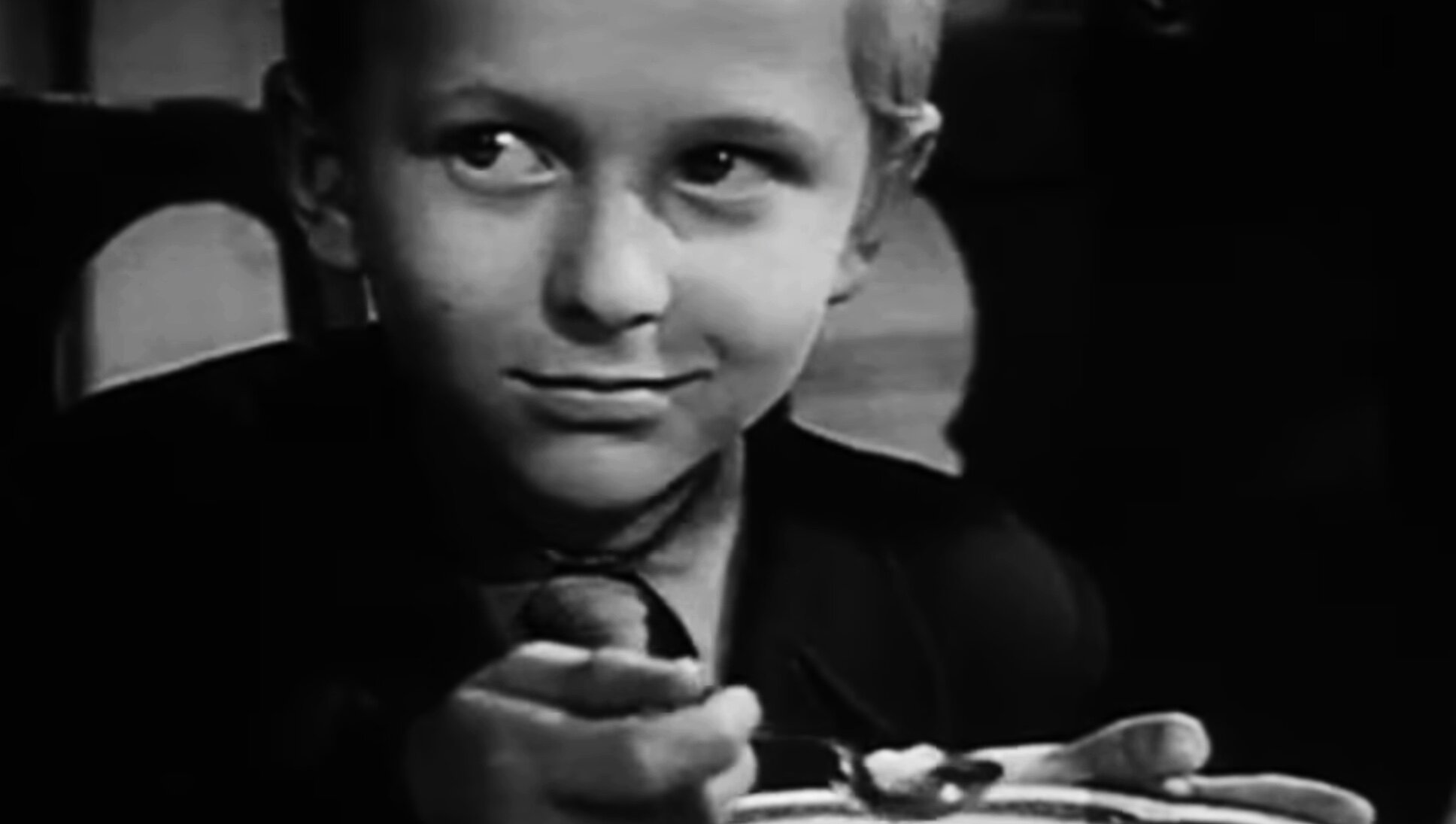Original image of electric billboard by There Stands the Glass.
The view from the cheap seats at HyVee Arena on Saturday, June 12, was like looking at a Verzuz stream from the wrong end of a set of binoculars. Even so, I relished the concert by nineties hitmakers En Vogue and opening act Delynia Jannell.
Being amid approximately 1,500 festive R&B fans who’d paid for the privilege of being in what was once the upper tier of the former Kemper Arena represented a bracing return to normalcy. I’ve loved En Vogue since “Hold On” hit the airwaves in 1989. I was thrilled to check in with old favorites in a new epoch.
Even from my poor vantage point, watching original En Vogue members Terry Ellis and Cindy Herron and 2003 addition Rhona Bennett accentuate 14 songs in 60 minutes with Supremes-style choreography over backing tracks was heavenly. The sound wasn’t great, but I’ve encountered far worse this month.
I’ve seen Delynia Jannell open for several touring acts, but she was better than ever leading a seven-piece backing band on Saturday. The Kansas City veteran’s compelling stage patter and solid covers of hits by the likes of Chaka Khan, Ledisi and Deniece Williams primed the audience for En Vogue.
En Vogue setlist: Free Your Mind; Lies; Give It Up, Turn It Loose; Whatta Man; I’m Good; My Lovin’ (You’re Never Gonna Get It); Reach 4 Me; Yesterday; Giving Him Something He Can Feel; Whatever; Don’t Go; Rocket; Don’t Let Go (Love); Hold On









